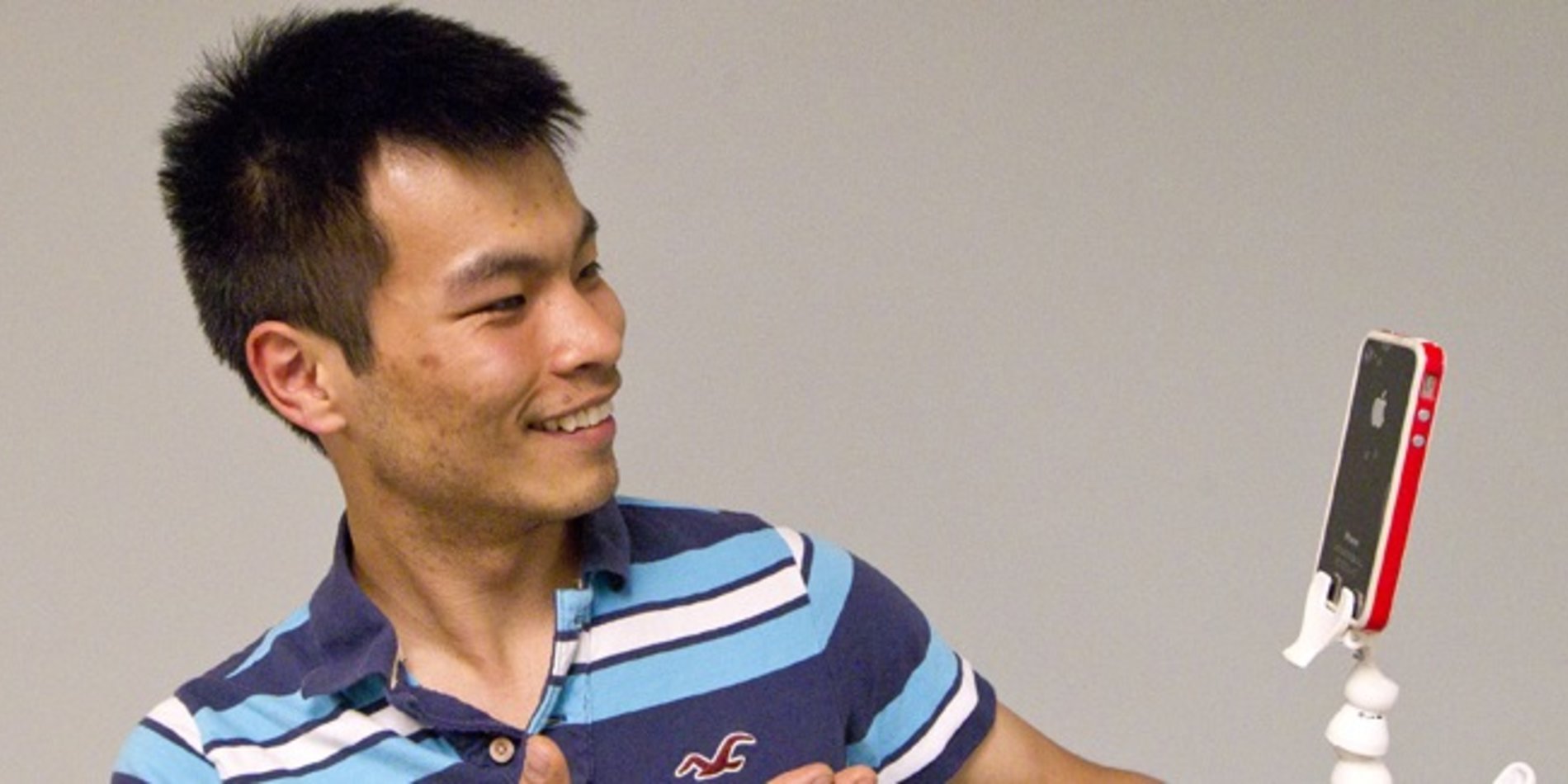Approaching its 50th year, Stanford Product Design has evolved with the times
For seniors in Product Design at Stanford’s School of Engineering, one course—ME216B “Advanced Product Design: Implementation”—represents the capstone of their educational careers. It is a class in which they research, design and develop a product for the consumer market.
“This is the culmination of all these students have learned at Stanford," says Consulting Assistant Professor Bill Burnett, the class instructor. "The students come up with a need and then develop well-engineered and beautifully designed products that meet the need.”
Next year, 2013, will be the 50th for Product Design at Stanford. It is the university’s oldest multidisciplinary degree-granting program. Graduates have gone on to design positions at tech companies Google, Facebook and Apple, as well as at consumer product mainstays Mattel, Hasbro, Amazon, Barnes and Noble, William Sonoma and many others. Other alumni have become entrepreneurs, launching more than 60 companies since the program’s inception.
Unlike students of the past, this year’s ME216B students will have additional resources to take their projects to the marketplace. That all-important hand-up comes from PCH International as part of Stanford Engineering's affiliate programs. PCH is known for creating products for many of the world’s best-known brands, particularly accessories for e-readers, smartphones and tablet computers.
As a member of the Industry Affliate Program for Teaching Design Thinking, PCH is helping ME216B students by covering some of the cost of prototyping, helping to arrange manufacturing and guiding delivery of the students’ concepts to market.
“In the past students didn’t have the resources to take their projects all the way to the market. With PCH as part of our Affiliates Program my students now have a budget to cover their prototyping costs and a partner who can manufacture and deliver their concept directly to the consumer," Burnett said. "This is the next generation of design education. This is the ‘making it real’ phase that had been missing."
Professor David Kelley, founder of the d.school and of the admired design firm IDEO, has been an instructor in the Product Design program for more than 30 years. “What Stanford is doing in ME216B is giving our students a real-world experience in product development that is unmatched anywhere. When they graduate, these students will be ready from day one to apply their design-thinking skills in corporate setting,” said Kelley
Liam Casey, founder and CEO of PCH International, said, “There’s no place in the world like the d.school. The Stanford Product Design program is educating world-class product designers by helping them make real products. PCH has been fortunate that some of the very best students have joined us, in places like China and San Francisco, to help design products for the world.”



